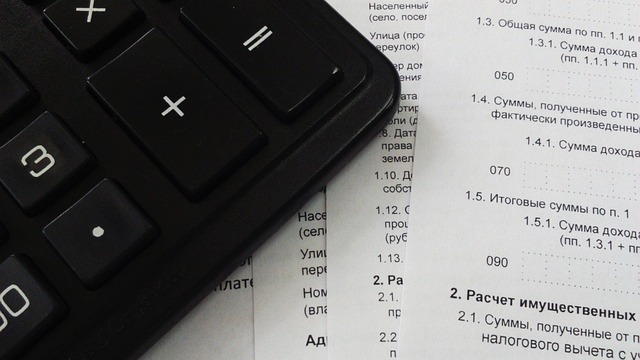In real estate, assessed property value is a critical metric derived from factors like size, location, age, condition, market trends, and comparable sales, guiding financial decisions like taxes, insurance, and mortgages. Professionals use specialized knowledge to ensure accurate valuations. Calculating property taxes involves multiplying the assessed value by the local tax rate. While assessed value offers standardization and comparison advantages, it may not always reflect current market conditions or external factors, necessitating thorough research and multiple valuation methods for a dynamic real estate landscape.
Discover the power of assessed property value—a cornerstone in real estate calculations. This article guides you through the intricacies, from understanding this crucial metric to mastering its calculation process. We’ll explore how assessed property value benefits and considerations influence real estate valuation, ensuring a comprehensive overview for both professionals and enthusiasts. Uncover the secrets behind accurate property assessments and their impact on market insights.
Understanding Assessed Property Value: The Foundation of Calculation

In the realm of real estate, understanding assessed property value is paramount for accurately calculating various financial aspects. This numerical representation is not merely a random figure but a carefully determined estimate of a property’s worth based on multiple factors. It serves as the foundation for assessments like property taxes, insurance premiums, and mortgage lending decisions.
The process of assessing property value involves an in-depth analysis of the property’s characteristics, including its size, location, age, condition, market trends, and comparable sales data. Professionals in the real estate industry utilize specialized tools and expertise to evaluate these elements, ensuring a fair and precise valuation. This assessment is crucial for both property owners and stakeholders involved in the complex landscape of real estate transactions.
The Process: Steps to Calculate Using Assessed Property Value

Calculating using assessed property value is a straightforward process that real estate professionals and homeowners can master with a few simple steps. Firstly, obtain the assessed value of the property from local tax records or the relevant authority. This value is typically determined through an appraisal and reflects the current market worth of the property.
Next, identify the property taxes associated with that assessment. Tax rates vary by location, so it’s crucial to consult the local tax assessor’s office for accurate information. Once you have the assessed value and tax rate, simply multiply these two figures to determine the annual property tax liability. This method provides a clear understanding of the financial obligations tied to a specific real estate asset.
Benefits and Considerations in Real Estate Valuation

In real estate, accurately assessing property value is a complex task that involves numerous factors. One common method used is calculated using assessed property value, which offers several benefits. It provides a standardized approach to valuation, ensuring consistency across different properties and locations. This uniformity simplifies the process for both property owners and buyers, as it allows for easier comparisons when considering real estate investments or purchases.
However, this method also has its considerations. Assessed values might not always reflect the current market conditions accurately, especially in dynamic real estate markets. External factors such as neighborhood development, local economy, and property amenities can significantly impact a property’s value, which may not be fully captured in assessed value calculations. Therefore, it’s crucial for both assessors and potential buyers to conduct thorough research and consider multiple valuation methods to gain an accurate understanding of a property’s worth in the competitive real estate landscape.






